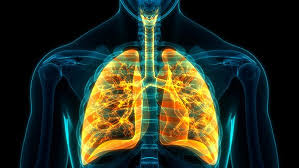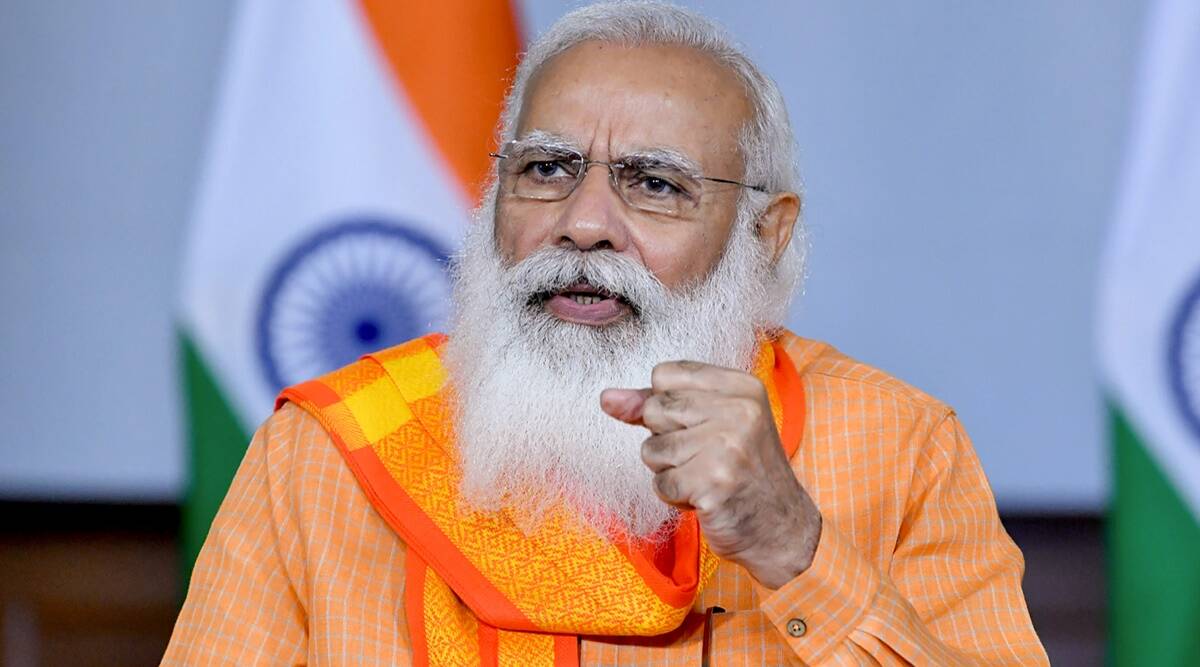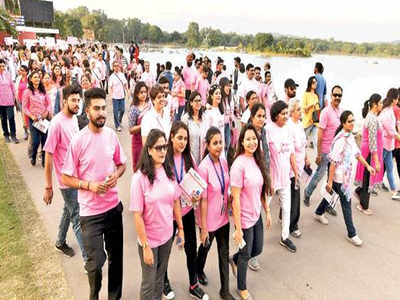Lung Surgery:From two litres blood loss to two drops
Our body is constituted of different organs and each organ has its own role, so does the Lungs has. The lungs are the organs meant for breathing and delivering oxygen to the blood. We have two lungs on either side of the heart, right slightly bigger than the left one. The place where these lungs and heart are kept is known as thoracic cavity or the chest. The lungs extract oxygen from the air and releases carbon dioxide from the blood into the exhaled air. This blood is then carried off to heart to be pumped all over the body for distribution of oxygen. It is our diaphragm (main muscle of respiration),that drives breathing. The exhaing air from the lungs makes our voice box produce sound and speech.
Causes of Lung Infection
Lungs can be affected by a variety of diseases. Increasing pollution and rising trends of smoking has lead to a sharp rise in the lung diseases. Thoracic surgery is the specialty that cures the disease of lungs via surgery/intervention. Tuberculosis and its complications pose a challenge to the entire health sector of the country. Other diseases like empyema (pus in chest cavity), pneumothorax (collapsed lung due to air in chest cavity), bullae (loculated air trapped in lungs), tumors of chest and lung cancer are the ones which affect a large population. Lungs are also one of the commonest organs to sustain damage in many forms during accidents/trauma. In all of the above condition and many more, a thoracic surgeon is the one who takes care of the patient.
There are many a types of chronic lung illnesses. Restrictive lung diseases are a subgroup, which include disease having some sort of restriction to the lung tissue during the act of respiration. Due to long duration of inflammation of the lung tissue or chronic inflammation, the normal functioning lung tissue is gradually replaced by fibrous connective tissue. This gradual increase in fibrosis gradually decreases the amount of healthy lung for function. These patients would need lung transplantation in course of their lives. Specialized thoracic surgeons perform lung transplantation.
Types of Lung Cancers:
Lung cancer is also on the rise in Indian subcontinent. Lung cancer can be primary (originating from lung tissue itself), or secondary (metastasis from another part of the body. The major risk factor for cancer is smoking. Cancers may be treated by surgically removing the tumour, radiotherapy, chemotherapy or a combination of these. Not all lung cancers are suitable for surgery. The stage, location and cell type are important limiting factors. The patient has to be fit enough after surgery with adequate residual lung to maintain life. Therefore, evaluation of pulmonary reserve is also important before surgery. The pulmonary reserve is measured by spirometry.
Stages IA, IB, IIA, and IIB (in non-small cell lung cancer) are suitable for surgical resection. The results are much better in intial stages than in later ones, and much better as compared to chemotherapy or radiotherapy in these stages.
Modern Thoracic Surgery -VATS
Over the course of the last decade or so, surgical techniques have improved leaps and bounds. Video-assisted thoracoscopic surgery (VATS) is a modern technique utilised in thoracic surgery. It is performed using a video camera, that is introduced into the patient’s chest via small incisions. Two to three or more small cuts are made as an entry point into the chest. The camera and operating instruments are inserted through these cuts, which are also known as “ports”. These sub-centimetre ports have the advantage of fewer chances of infection, decreased pain drastically. This allows for a faster recovery, earlier discharge from hospital and most important faster return to work.
Since early 20th century large incisions (sternotomy/thoracotomy) have been used to open up the thoracic cavity and treat different diseases.. Thoracotomy involves the division of one or more/many muscles to enter the chest. Thoracotomy and sternotomy are been the predominaant surgical techniques for various procedures now for more than a century. These have been highly effective with proven outcomes. It has been the technological advancement in almost all surgial fields which has been spearheaded by the advent of laparoscopy. The major shortcoming of these procedures has been postoperative pain, resulting in a prolonged period of restrictions and delayed recovery. VATS has proven to be a boon for these subsets of patients. Avoiding big and muscle cutting incisions decrease the duration and intensity of pain in VATS. This in turn decrease hospital stay and a shorter time to return to full activity.
VATS came on the surgical arena in the early 1990s. VATS has replaced convention surgeries for a variety of thoracic operations. The list is endless, though majority being biopsy for diagnosis of pleural, parenchymal or mediastinal pathology; decortication for empyema, pleurodesis for recurrent pneumothorax or pleural effusions, wedge resections for limited metastasis, mediastinal or pleural masses resections, cervical sympathectomy for hyperhidrosis; repair of diaphragmatic hernia, eventration or paralysis, esophageal resection or resection of esophageal masses or diverticula; VATS lobectomy and lymphadenectomy for lung cancer.
As was the case with laparoscopy, VATS has enjoyed its widespread use for basic thoracic surgeries. Whereas the advanced and more technically demanding operations such as mediastinal/thymic masses, esophageal cancers or lobectomy for early-stage lung cancer, have had a slow learning and acceptance curve. These advanced thoracic procedures have tended to remain confined to a few selected centres. The surgeons for these types of cases too are far and few. One of the basic reasoning is the limited centres providing the training of surgeons in these sets of surgeries. It is expected that advanced VATS techniques will continue to break the limits and continue to grow in numbers spurred by patient demand and greater surgeon comfort with the techniques.

The author Dr. Pramoj Jindal is presently Director-Thoracic Surgery & Robotic Thoracic Surgery at Max Health Care, New Delhi










